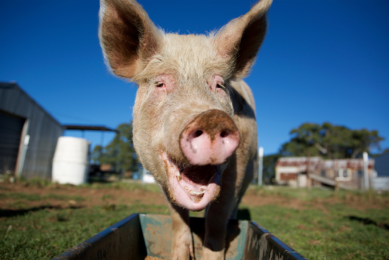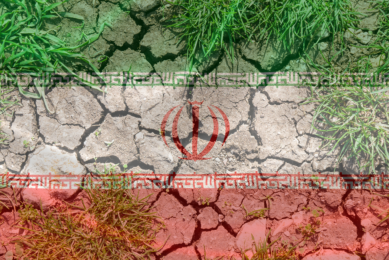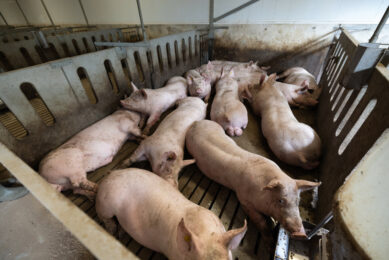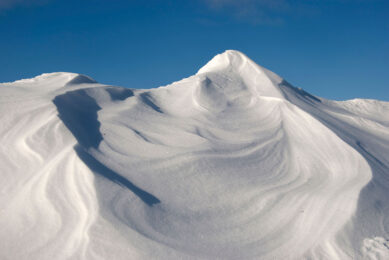Corral pens – the alternative winter option
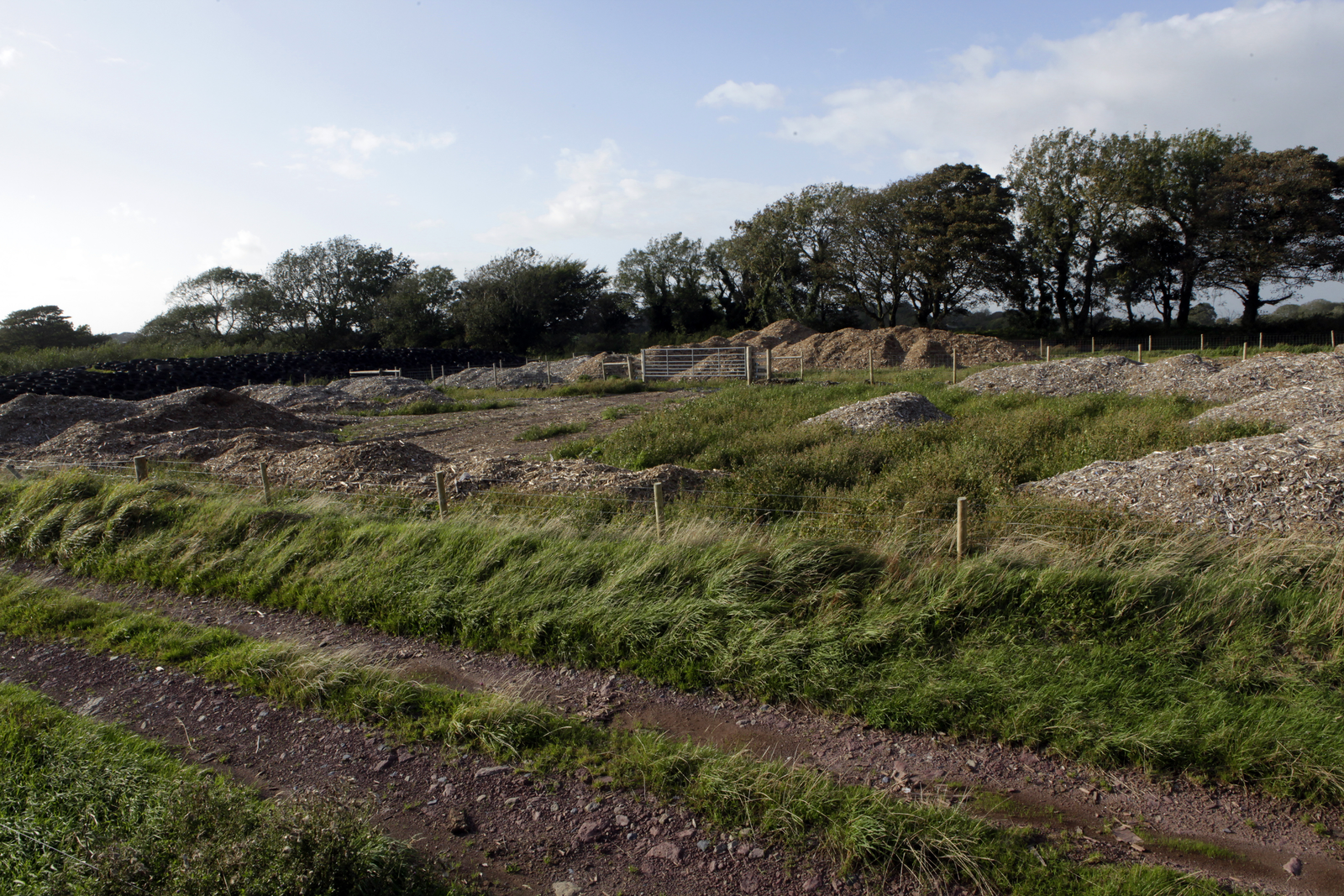
Mandy John doubled her business by building two special pens, called corrals. In the winter, half the cows stay there, giving much better results than the barn.
By Robert Bodde
Grass grows here, in Wales, in the winter,” says Scotsman Martin Kearney, farm manager on Mandy John’s farm. The company is situated in Templeton, Wales a few miles from the Irish Sea. And where the Gulf Stream ensures a moderate climate with an abundant rainfall. In such a mild climate, barns are almost superfluous. So keeping cows outside in late winter is no surprise. “This is a much healthier environment than our old barn,” says Mandy John. “In autumn we make the selection of which animals stay in the barn and which go outside, the weakest go outside and the stonger ones stay in the barn, only coming out to recuperate.”
Outside, in this case, is the meadow. Of the 350 cows that calve between mid-February and early April, 170 will stay in the old barn from early December until calving. The other 180 are kept in the two wooden fenced corrals. The young cattle also stay in these corrals.
The corral has a layer of thick coarse woodchips, to the depth of about 45 centimetres. Under the woodchips is a series of standard plastic drainage pipes placed one metre apart, which run into an open manure storage. “The urine runs away,” says John. “However, the manure remains and works like straw. During the three months the cows are housed there we never have to change the straw.”
Calving proceeds smoothly in the corrals, which measure 20×45 metres giving each cow 10m2. Immediately after calving, the new calves go in to the meadow where there is an abundance of grass.
The decision to build corrals instead of a barn extension was not only motivated because it was a healthier option but also because they are easier to work with. In both corrals the cows feed themselves. “We’re not really equipped to produce silage. Everything the cows can get themselves is labour saving.”
A third important factor was the low investment and annual costs. The construction of the two corrals costs in the region of €45,000. Taking into account depreciation over a ten year period and 5% interest, the annual costs are €5,625. Then adding the cost of the woodchips, €1,000 to €1,500, and some fence maintenance, giving a total cost per cow per year of just over €40. “Extension of the stalls would have cost at least €250,000 for a building that is in operation less than three months of the year,” says the farmer.
“The barn is 40 years old and in need of maintenance. There will certainly not be a new one built given the costs and experiences, we will add corrals. For emergencies, a little barn with 20 stalls is more than enough.”
The company is all set to maximum grass utilisation by the cows. The calving period is in spring, so drying off the cows is done in the period with the least grass growth. Not the maximum milk yield, but the optimal production of fat and protein from grass is the leading principle. The farmers work with 42 plots ranging in size from 1 to 5 hectares. Every week, Kearney measures grass growth and determines on that basis whether plots should be mowed, in order to provide the cows with the best cut grass. It takes a day and a half to mow and chop or press the grass into round bales.
The company has hardly any mechanisation. That keeps the costs low and the balance high. Despite the pressure on milk prices, Kearney and John are doing well financially. The company is in the top 10% of companies in Wales, most of which have a similar scale.




